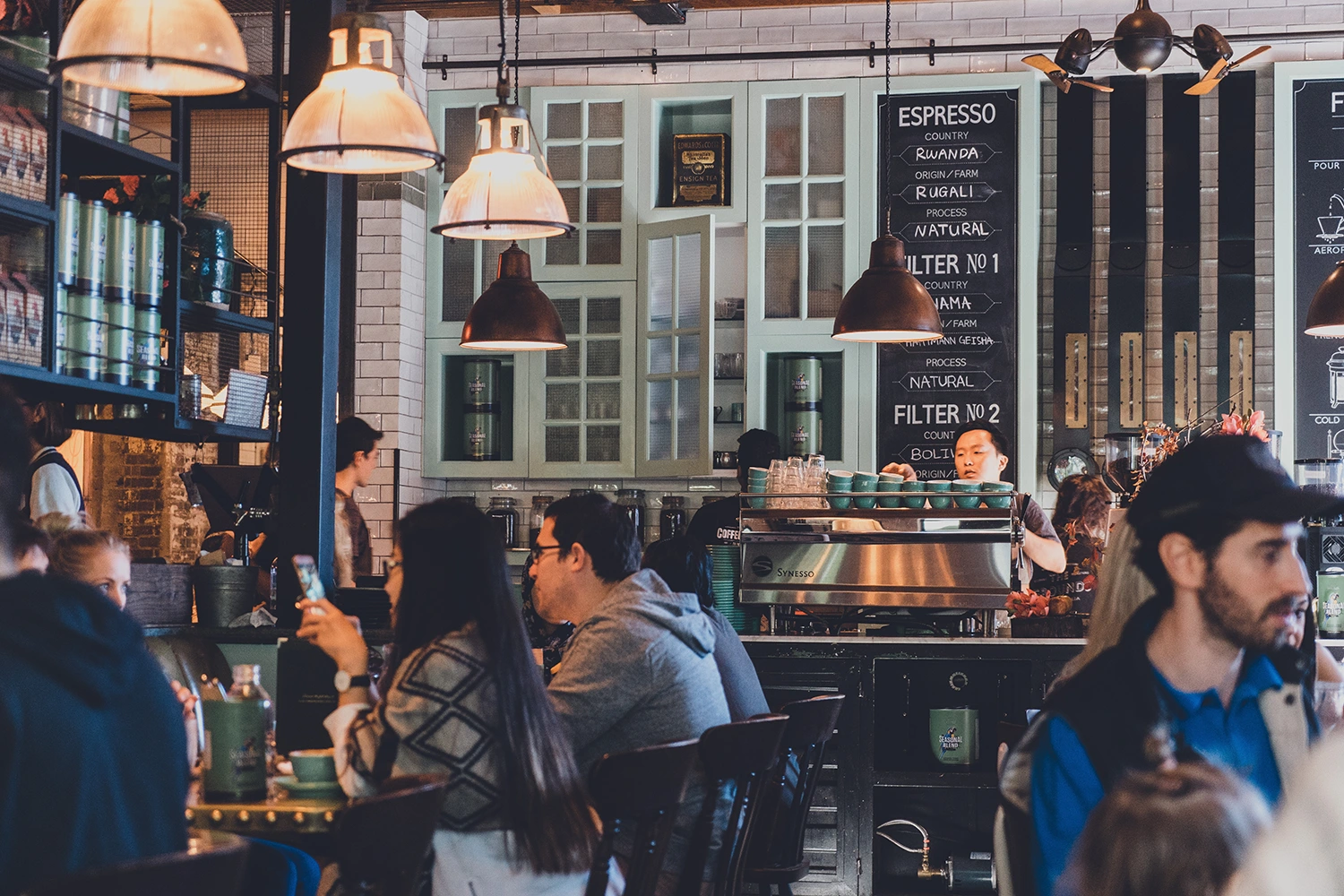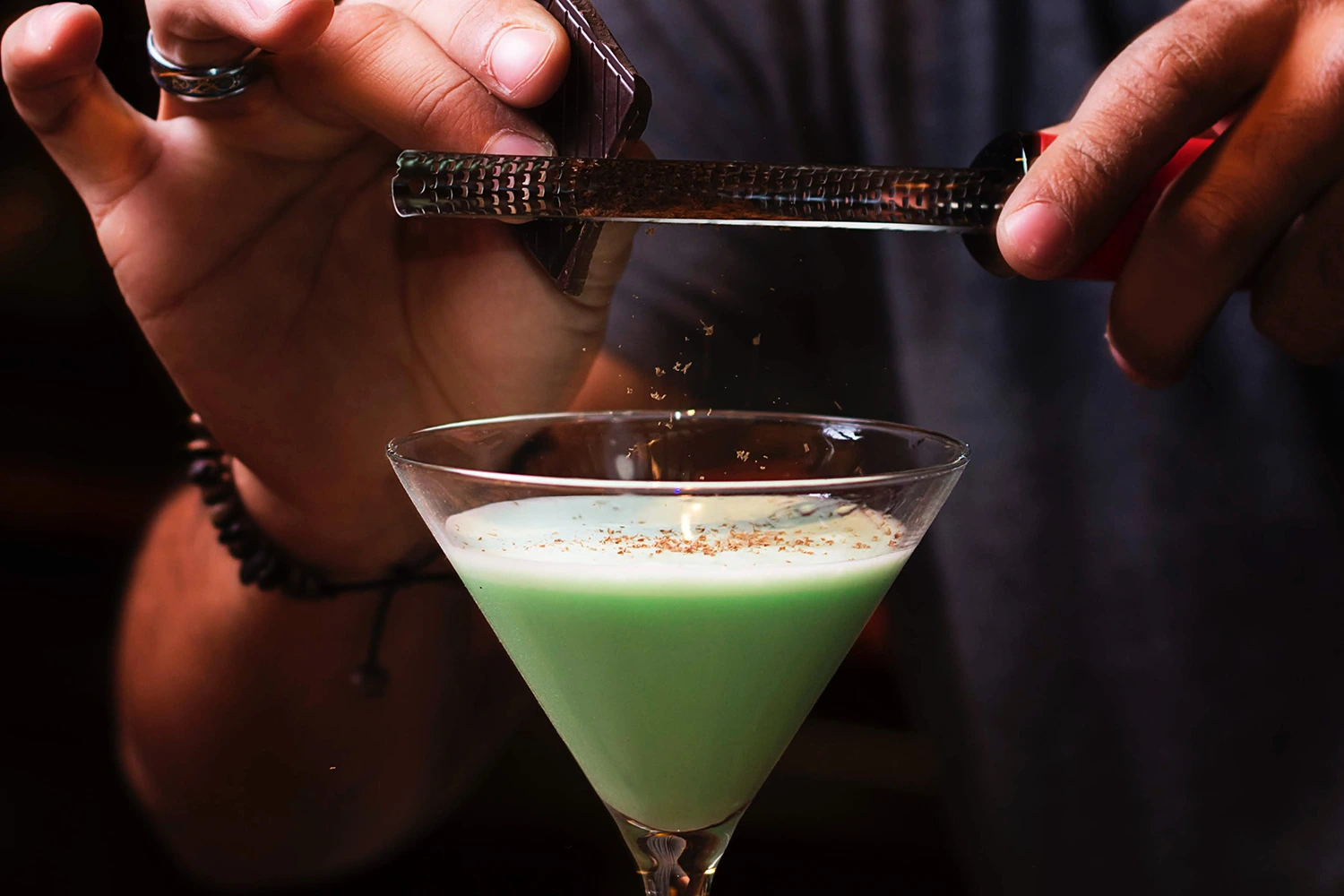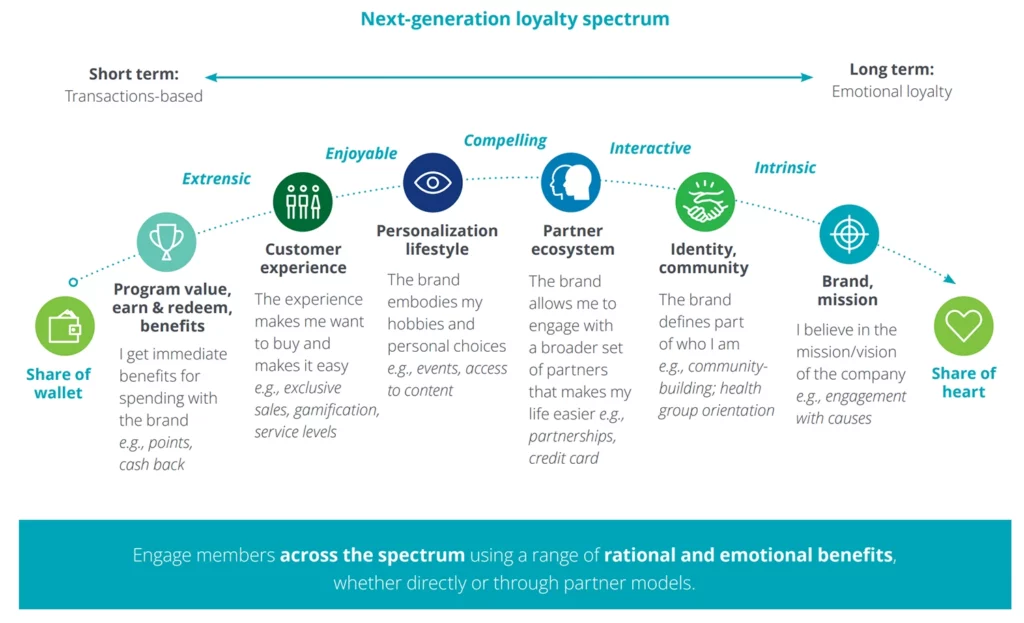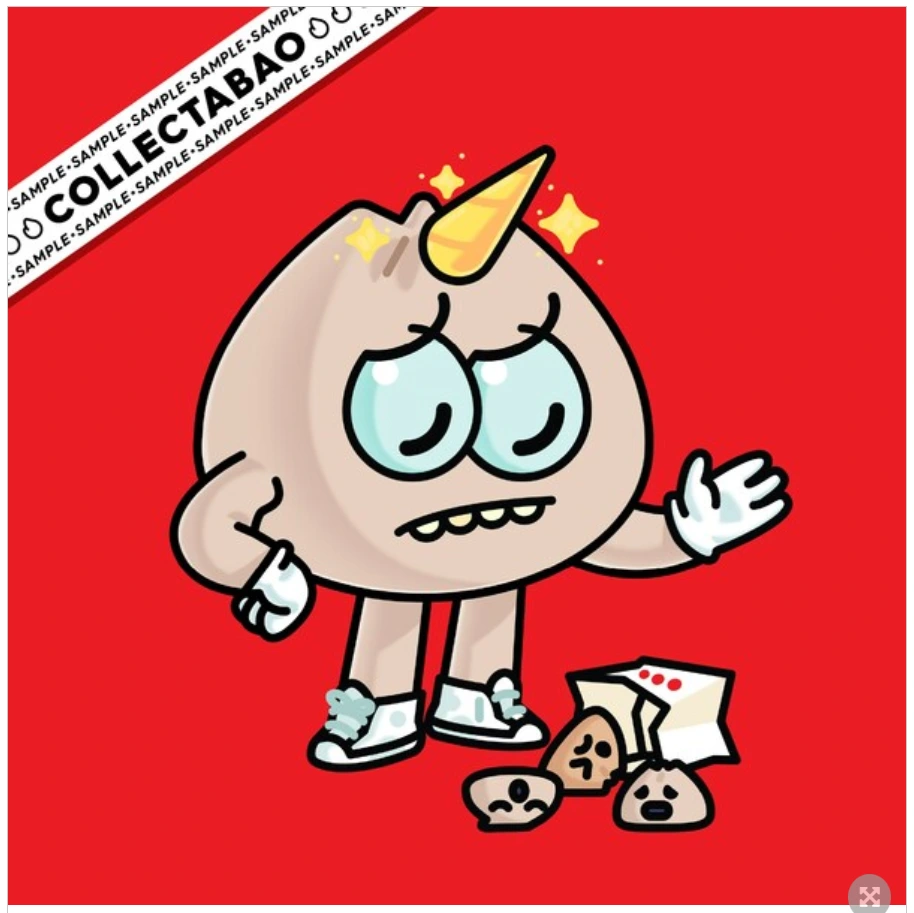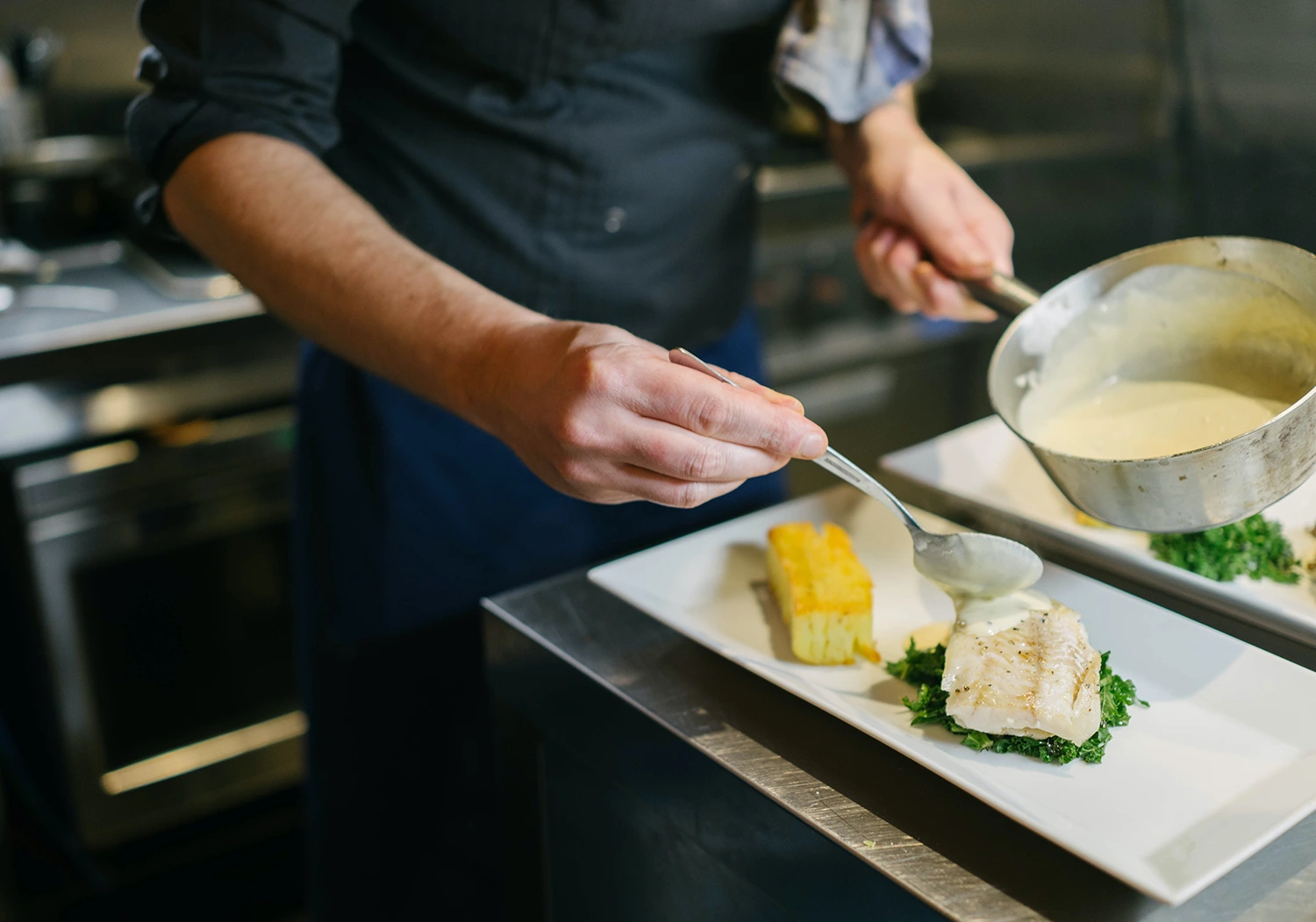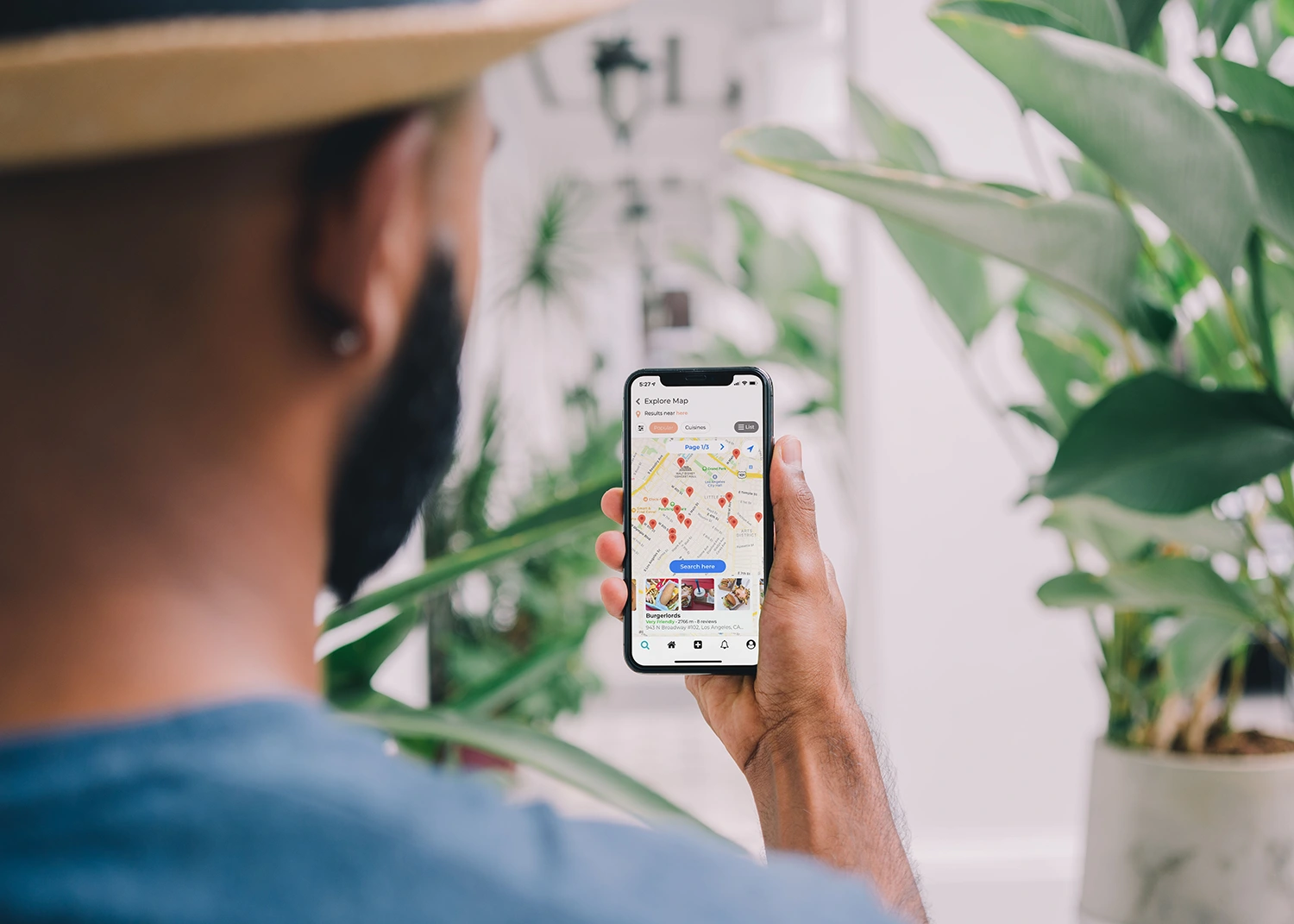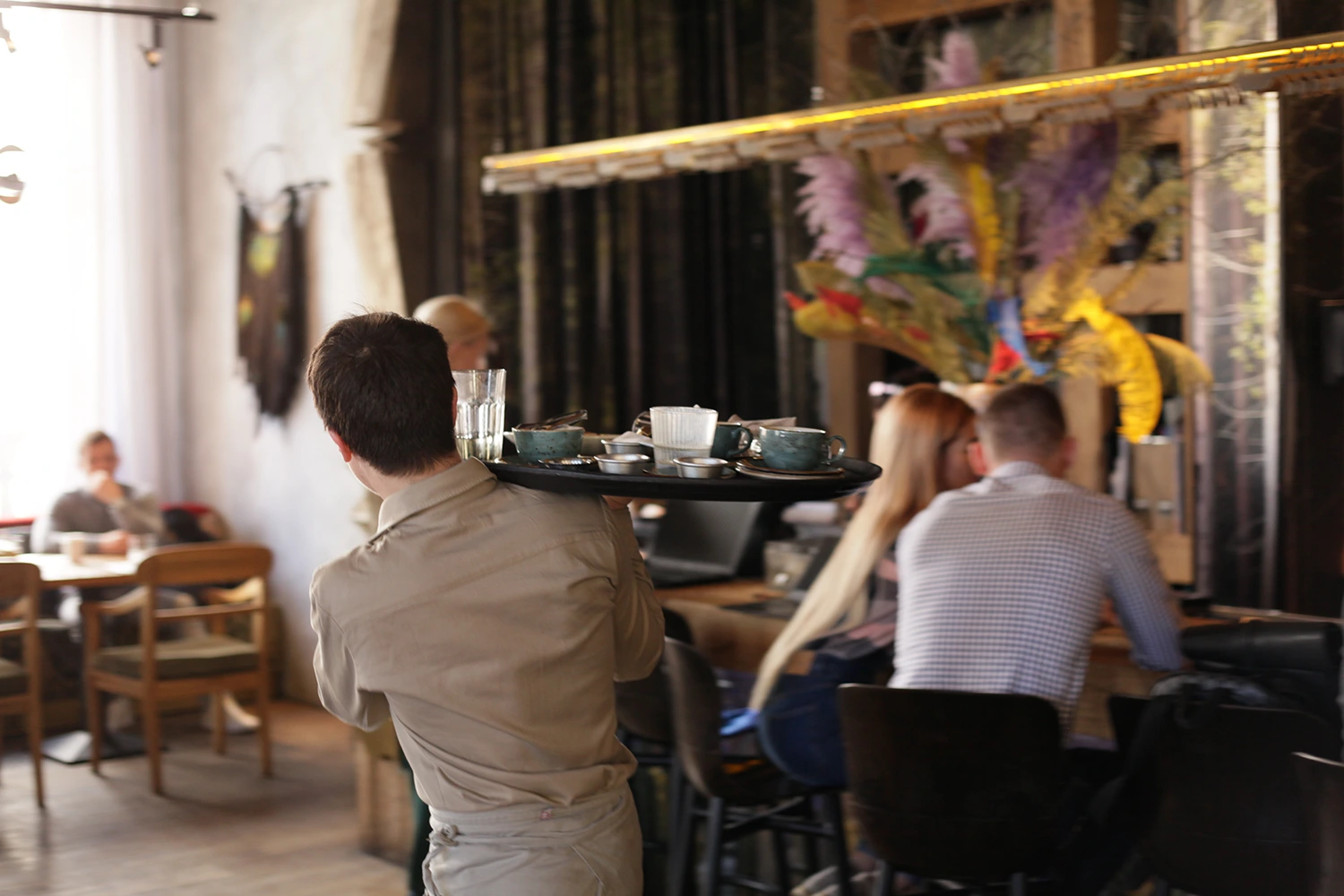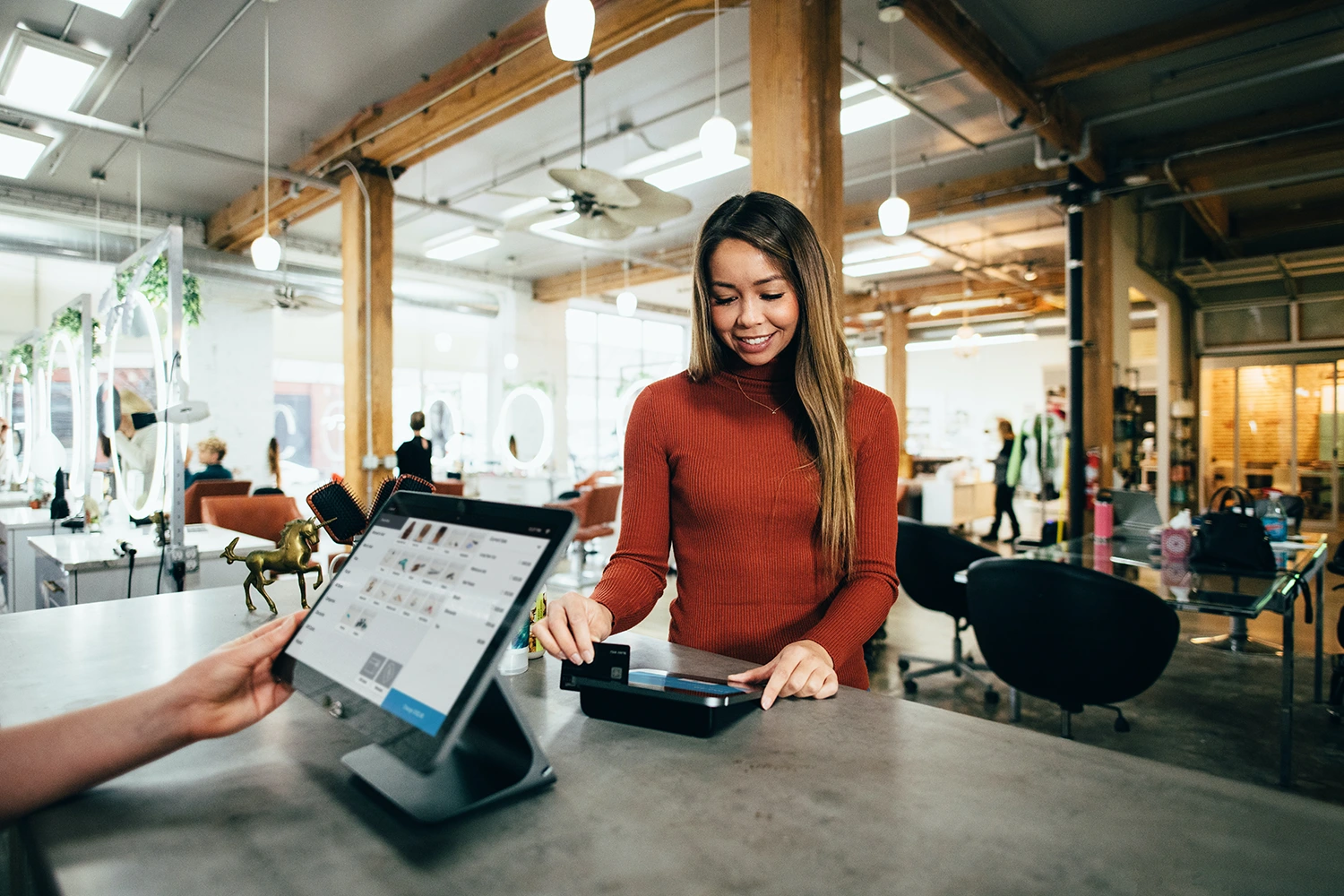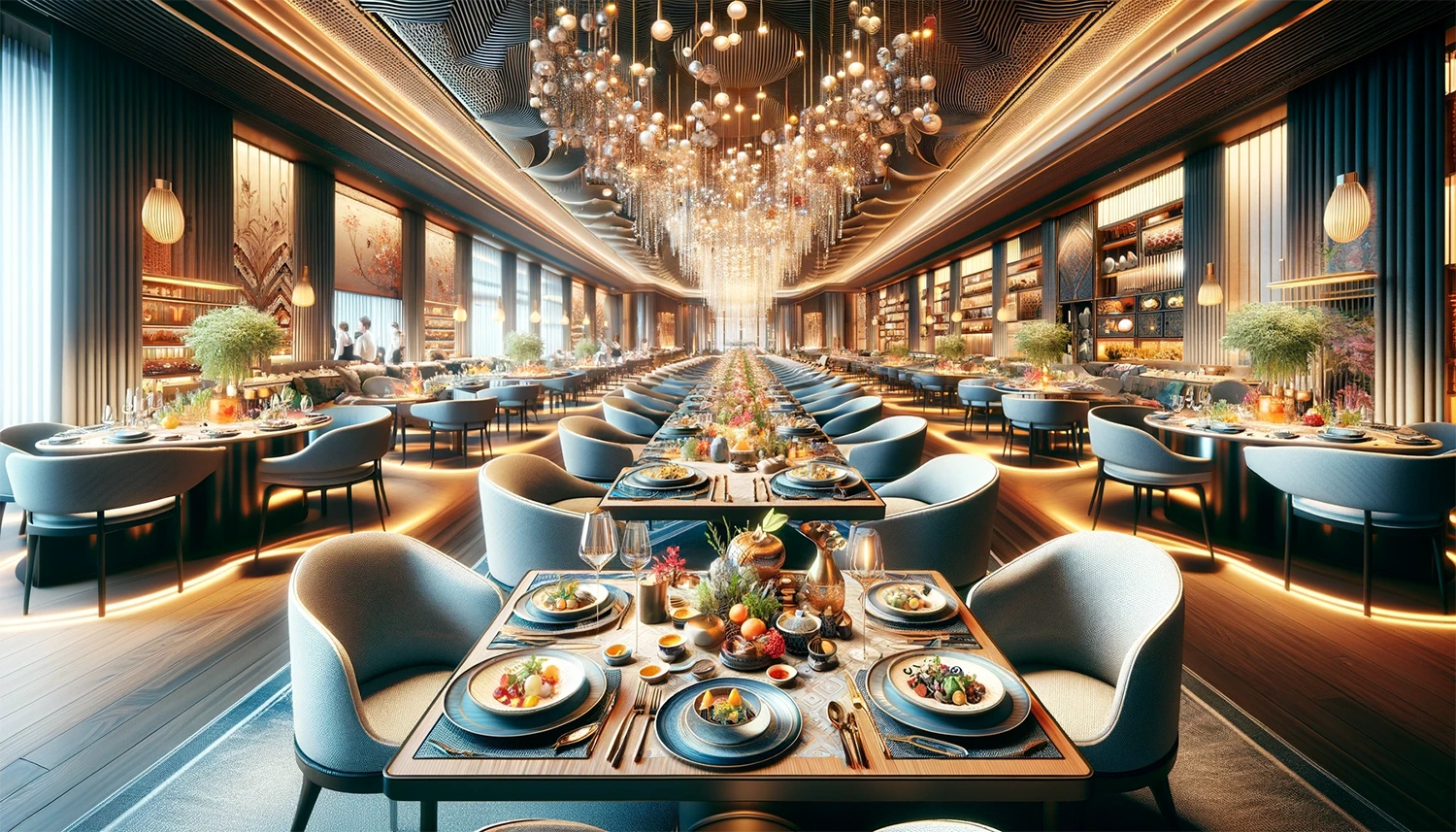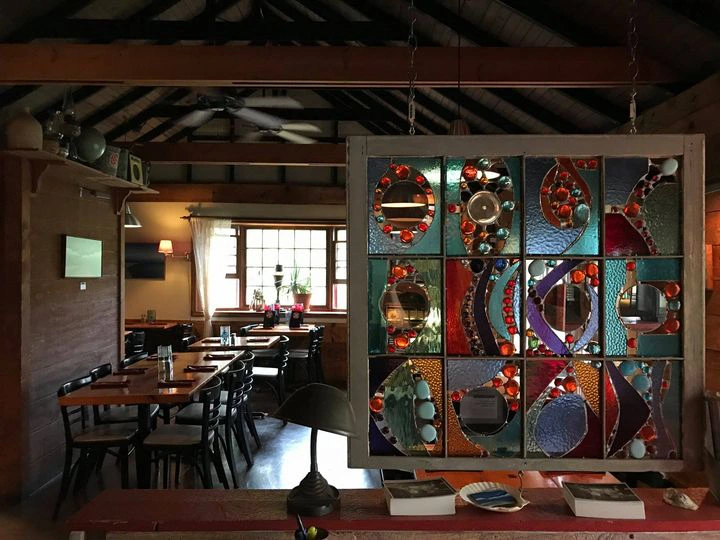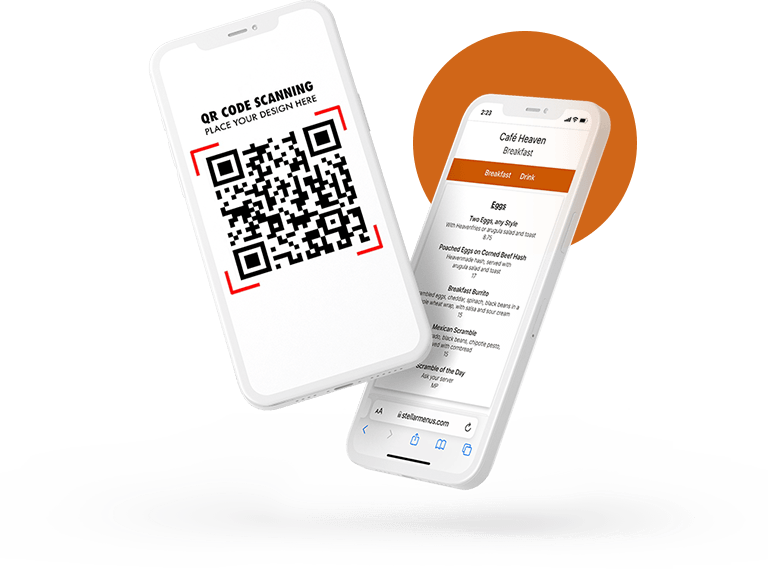Suppose you own a cozy Italian restaurant in a bustling city. You’ve noticed that while you have a steady stream of customers, very few return for a second or third visit. You’re not in a tourist area, and you know from patrons that your service, ambiance, and menu are spot-on. What’s happening? How can you turn those one-time diners into loyal patrons?
Enter the world of restaurant loyalty programs. Restaurants use loyalty programs to encourage repeat business by rewarding returning customers with points, discounts, or exclusive offers. When diners return, average spending per visit goes up, as does customer satisfaction. And as your profits go up, your restaurant becomes known for its value and sense of community.
Annex Cloud gathered an impressive set of statistics that illustrate the importance of loyalty:
- A mere 5% increase in customer retention can boost profits by up to 75%.
- Almost 65% of a company’s business comes from repeat customers.
- 68% of customers see value in a loyalty program that sends personalized discounts based on past purchases.
- Returning loyal customers spend an average of 33% more per order.
Because our industry is so competitive, standing out is crucial. So is maximizing customer retention and profits. In this article, we explore what’s hot and not in restaurant loyalty programs. We also give you broad steps for launching a loyalty program in your restaurant.
What’s hot and what’s not in restaurant loyalty programs
Photo by John Schnobrich on Unsplash
If you don’t yet have a loyalty program, we suspect the data may have lit a fire for one within you. But what do customers want in such a program? Let’s see what the latest research has to say.
1. Immediate and financial rewards rule
The Penn State School of Hospitality Management researched what loyalty programs and rewards people prefer. They found that fast-food and casual diners want immediate rewards, especially money.
If your guests want money, think about adding an “instant win” feature to your loyalty program. One option is to offer a digital ticket on your restaurant’s app. Diners can scratch off the ticket to win a free appetizer, a bill discount, or cash back on the next visit. This approach satisfies the desire for immediate rewards. It also adds excitement and unpredictability, which makes dining more enjoyable.
2. Social rewards work for some casual diners
A study of Generation Y diners found that social rewards generate more loyalty than financial rewards—especially in casual dining settings. Gen Y’ers tend to value experiences over material goods. They appreciate rewards that offer social engagement and a sense of community.
If you run a casual restaurant, offer your Gen Y customers first dibs on new menu items or seasonal dishes to make them feel special. You could also provide cooking or mixology classes–virtual for those who prefer to enjoy their rewards at home.
Photo by Kike Salazar N on Unsplash
3. Personalization: The way to diners’ hearts
The traditional model of offering one-size-fits-all rewards is evolving. Restaurants like Red Lobster are now using data to provide personalized loyalty experiences. Every month, the chain offers new rewards. Customers can choose from three options. “Our members respond very well to the unique rewards we offer through the My Red Lobster Rewards app,” Lillian Murphy, vice president of customer experience and loyalty, told Nation’s Restaurant News. “Beyond price discounts, we look for ways to optimize rewards and personalize them to match the interest of our members,” she said.
The image below (from Deloitte) maps loyalty programs and rewards to their benefits. Transaction-based rewards, like points and cash back, result in short-term loyalty. Emotional rewards, like the support of a favorite cause, result in long-term commitment.
If you’re new to a loyalty program, start with the basics. Then, try to offer enjoyable rewards that inspire lasting loyalty and a strong bond, aiming for the ultimate benefit—share of heart.
4. Partnerships pave the way for unique rewards
Working with other companies can make your loyalty program even more appealing. Zoup teamed up with the game ATLAS: EARTH to give players in-game currency for buying food. IHOP and Xbox teamed up to offer game rewards to loyal IHOP customers.
Airline loyalty programs are also great options for restaurants. Panera sells gift cards on United’s MileagePlus X app. With the app, diners can earn United miles for their food purchases. The American Express Gold Card and Chase Sapphire Reserve have loyalty partnerships. The Gold Card gives four points per dollar on restaurant dining. The Sapphire Reserve offers three points for every dollar spent. Even though the airlines own those programs, your restaurant can still benefit.
5. Look toward emerging technologies
Use new technologies like NFTs and biometric payments to make your loyalty program more exciting.
Wow Bao rewards loyal members with a special NFT, a CollectaBao, for their membership. Superfan membership has many benefits, like 10% off merchandise, double Boa Bucks points, and free meals. “It’s allowing us to help shape and define [the NFT] space,” CEO Geoff Alexander told Restaurant Dive. “If you fast forward 24 or 36 months when other people start getting into the space, we’re going to be lightyears ahead of them,” he said. The data isn’t in on whether NFTs work in loyalty programs, but the idea is worth exploring.
While restaurants like Wow Bao dabble in NFTs, others use biometric payments as part of their loyalty programs. Panera Bread partnered with Amazon One to add palm scanning to select cafes. The palm scans reduce errors and make identifying and registering customers faster and easier.
CaliBurger, an international fast-casual burger chain, is also going high-tech. The chain upgraded its touchscreen kiosks with AI facial recognition. Loyalty members can log in and serve themselves, making ordering more convenient and personalized.
Both NFTs and palm scanning are still new technologies. But other restaurants may start using them later on.
How about yours?
6. Once loyal, (usually) always loyal
HungerRush asked 1,000 Americans how restaurant loyalty programs affect their behavior. They found that:
- Most respondents belonged to between one and five loyalty programs.
- 55% of diners visit restaurants where they earn rewards at least twice a month.
- 51% would stay loyal even if the restaurant’s rewards program changed.
The moral of the story? Once loyal, (usually) always loyal, which makes loyalty worth pursuing.
Next, let’s look at actions you can take and ideas for reeling in more success with your loyalty program.
What’s hot and what’s not in restaurant loyalty programs
Building a successful loyalty program takes more than deciding what rewards you’ll offer. It’s a multi-step process that calls for careful planning and execution. The following steps will guide you along your journey.
1. Identify your target audience.
This advice may sound trite because you’ve heard it so often. But it’s crucial. The key to an impactful, effective loyalty program is understanding your customers. Here are a few examples for different types of audiences.
- For restaurants serving vegans
If you serve vegan food, consider offering vegan cooking classes or a secret menu with your new plant-based dishes. These rewards will attract vegans and people interested in plant-based diets. It will also generate lots of word-of-mouth marketing. The critical point is to tailor your program to guest interests to increase engagement and repeat visits.
- For restaurants serving families with children
Consider a loyalty program for parents and kids if your restaurant is family-friendly. One reward could be that kids eat free after several visits. Organize a “Family Night” for loyalty program members and their children. Serve a special menu and plan fun family activities. These features make people want to return and bring families to your restaurant often.
- For restaurants serving affluent customers
If yours is a fine-dining restaurant, offer exclusive loyalty perks and experiences—for example, a private chef’s table dinner with a curated menu in an intimate setting. Or give loyal members priority reservations during peak times so they always get a table. Another idea? Offer a wine or cocktail pairing experience. A sommelier or mixologist can show members how to choose drinks that go well with their meals. These rewards make customers feel appreciated and want to return and stay loyal.
- For restaurants attracting tourists
Tourists want unique local experiences. No matter your type of restaurant, consider a local experience package. It might include a kitchen tour, a cooking class, or a food tour. You could also give tourist guests an expiring “tourist card” with discounts or a free meal. These goodies encourage guests to visit again during their stay or on a future trip.
- For restaurants serving many demographics
If your restaurant serves various customers, offer rewards for each customer type. One option is to have a “Young Professionals” tier with happy-hour deals. Another option is a “Family” tier with rewards for kids. The “Tourist” tier offers discounts on local attractions. By customizing rewards for each group, you can attract a wider variety of customers.
2. Choose the right technology
The technology you choose can make or break your loyalty program. Select a system that fits your operations and has the features your restaurant needs. You have several options:
- Point of sale (POS) systems with integrated loyalty programs
Many POS systems have loyalty programs that track customer purchases and give rewards. Square’s POS is an example. Its integrated loyalty program makes managing loyalty easier for staff and customers.
- Mobile app-based loyalty programs
If your customer base is tech-savvy, consider a mobile app-based loyalty program. Guests can use apps like LevelUp and Punchh to order food, pay, and track rewards. These apps also give you data about how customers behave and what they like.
- Digital loyalty cards
Digital loyalty cards make it possible to track rewards without a dedicated app. Yollty and Loopy Loyalty are two examples that provide a more straightforward, back-to-basics approach. They’re also easy to set up and integrate with most POS systems.
- Loyalty programs integrated with CRM systems
Consider a system that integrates with your CRM software to get more advanced. CRM integration lets you track purchases, customer interactions, preferences, and feedback. Toast and other POS systems work with CRMs to show you everything about your customers.
Regardless of your chosen tech, think intuitive, easy-to-use, scalable, and data analytics. Those are the features you need for loyalty program success.
3. Train your staff
A well-trained staff is crucial for a successful loyalty program. Make sure your team knows how the program works. Teach staff how to enroll customers, redeem rewards, and explain program advantages. Starbucks is great at this. Its baristas know and can explain the Starbucks Rewards program well to customers. Training could include:
- Comprehensive onboarding
Start with a thorough onboarding process. Give staff a detailed walkthrough of the loyalty program. Use written materials, videos, and hands-on training sessions to cover all the bases.
- Role-playing exercises
Role-play with your team so they can practice explaining the loyalty program. They can also practice handling common customer questions or objections. Role play will help staff feel more confident when interacting with actual customers.
- Regular updates
Loyalty programs often evolve with new rewards or changes to the points system. Keep your staff updated with regular training sessions or communications.
- Incentivized staff participation
Some restaurants offer incentives to staff for signing up new loyalty program members. To get more people to sign up, give staff points for each new customer they enroll. They can then trade those points for meals or merchandise.
- Customer service training
Excellent customer service goes hand-in-hand with a successful loyalty program. Train your staff to provide excellent customer service, especially to loyalty program members. Let them know how important it is to make members feel valued and special. For example, train staff to recognize loyalty program members and greet them by name. A personalized greeting sets the tone for a memorable dining experience. Another idea is to have staff recommend menu items based on past orders or preferences.
Invest in staff training to set up your loyalty program and restaurant for success.
4. Promote your program
Once your program is live, it’s time to get the word out. Use social media, your restaurant’s website, and signage to promote your loyalty program. Also, let your customers know about your program through email. And consider geo-targeted ads to reach potential diners in your community. The latter is especially effective for restaurants in high-traffic areas and tourist destinations.
5. Measure and tweak
After launch, track the program’s performance using analytics. Look at key metrics like enrollment rates, frequency of visits, and average spend per visit. Use this data to make necessary adjustments to your program.
If few people are joining, you could offer a special reward to new members. To get people to visit more often, offer special deals on certain days, like double points on Tuesdays. If people spend less than expected, consider rewards that encourage higher spending.
6. Engage beyond the program
A loyalty program isn’t a “set it and forget it” strategy. You need ongoing engagement to keep members interested and coming back for more.
To keep customers engaged, send a newsletter with updates about the loyalty program. Include exciting content like recipes, chef interviews, and behind-the-scenes looks at your restaurant. For instance, Dunkin’ Donuts sends exclusive deals and updates to DD Perks members.
Also, consider a limited-time deal that gives double points when guests dine on weekdays between 2 and 5 p.m. Or think about mapping some of your offers with seasons or holidays. For example, offer a special Thanksgiving dish you can only buy with loyalty points.
To keep your members interested, offer great content and interactive opportunities. Then, they’ll want to stay and support your restaurant.
Photo by Blake Wisz on Unsplash
7. Listen to customer feedback
Finally, always keep the lines of communication open. Use surveys or direct interviews to gather customer feedback about your loyalty program. Feedback is a win-win. Collecting it makes your customers feel heard and valued. Analyzing it helps you understand your customers.
Take the next step
In the competitive restaurant industry, a loyalty program isn’t optional. It’s a powerful tool for customer retention, engagement, and data collection. A good program offers immediate, personalized rewards that resonate with your guests.
But creating memorable experiences is more important than giving points or discounts. These experiences make customers feel valued and appreciated. Combining the right tech with staff training and customer feedback will build a strong community around your brand. You’ll also keep customers returning while improving your bottom line.
While you’re here, check out the Stellar Menus Intelligent Menu Platform. It helps you manage prices, protect your margin, and boost profits. The platform is like an extra team member focusing solely on your bottom line.
Want to learn more? Request a demo. Your journey to a more profitable restaurant is just a click away.

